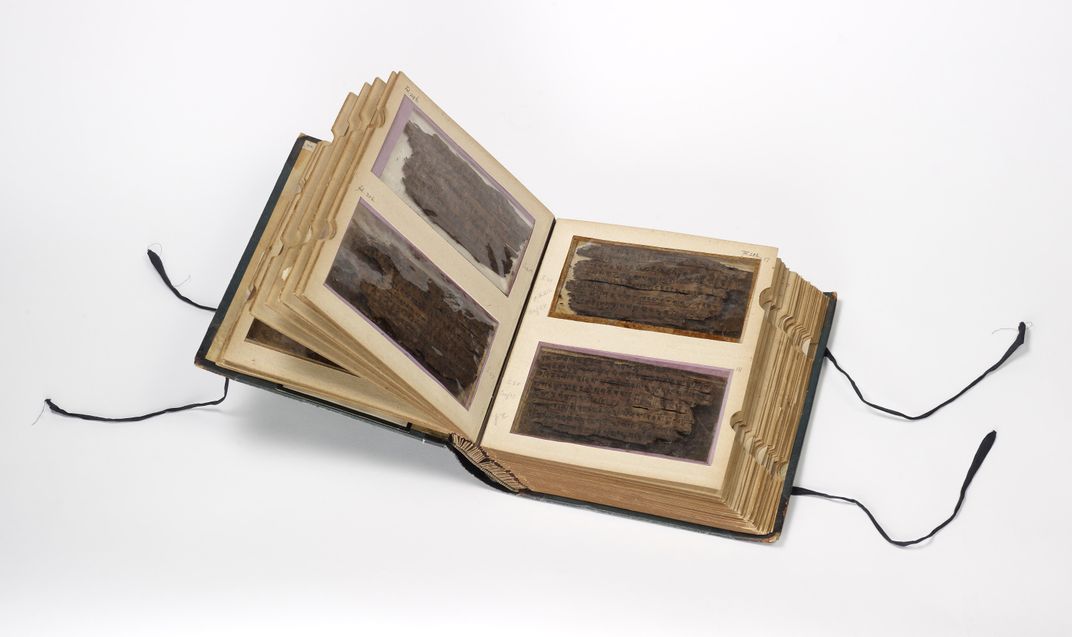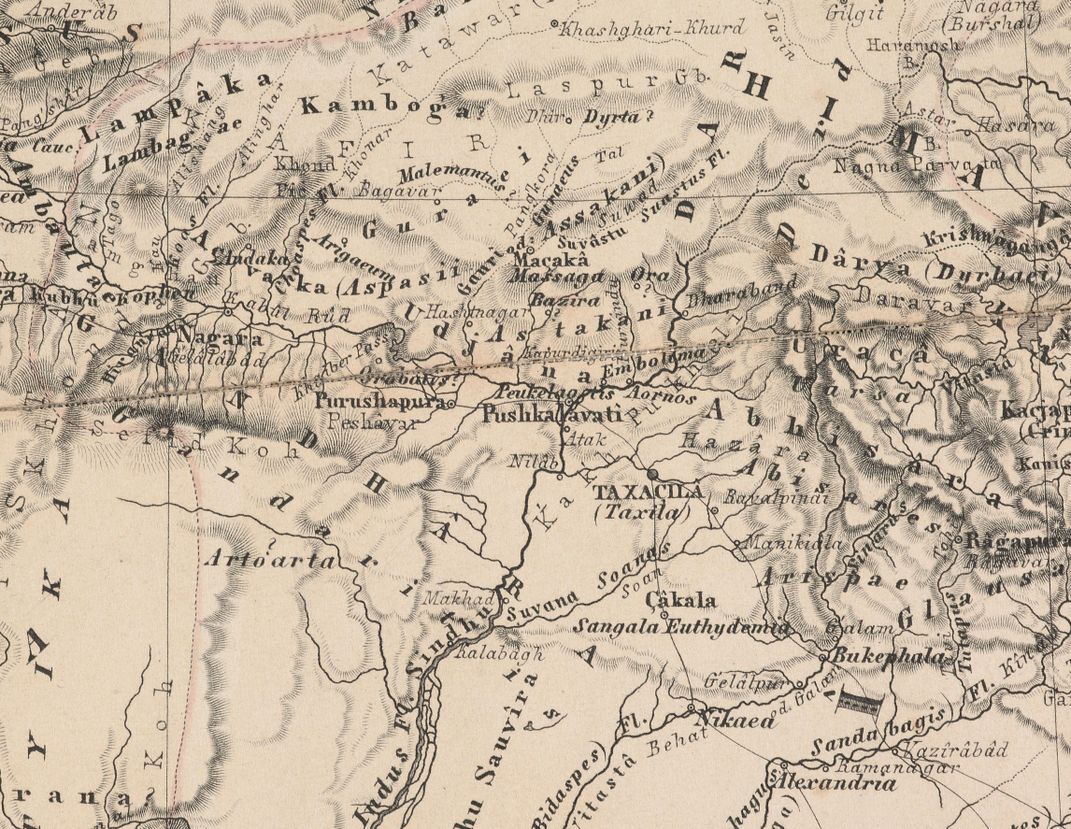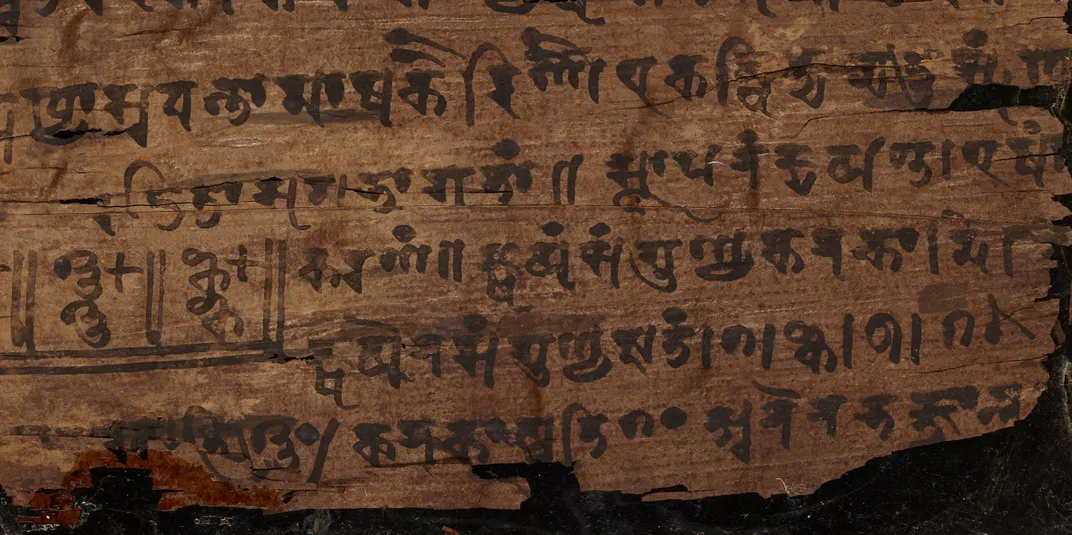Carbon Dating Reveals the History of Zero Is Older Than Previously Thought
An ancient text called the Bakhshali manuscript has bumped zero’s origin story back by 500 years
/https://tf-cmsv2-smithsonianmag-media.s3.amazonaws.com/filer/fb/88/fb882185-c83e-4950-8371-cd0cb49d1cb0/mssansk_d14_16v.jpg)
In 628 A.D., the Indian mathematician Brahmagupta wrote the first-ever text describing zero as a number. But new research shows that mathematicians in the region had been toying with the concept of zero long before then—far longer, in fact, than experts previously believed. As Timothy Revell reports for the New Scientist, carbon dating of an ancient text called the Bakhshali manuscript has bumped zero’s origin story back by 500 years.
The Bakhshali manuscript, which was discovered by a farmer in 1881, is a mathematical text consisting of 70 leaves of birch bark. Etched onto its pages are hundreds of dots denoting zeroes. The text does not contend with zero as a number in its own right; instead, it uses the dots as “placeholders” noting the absence of a value—as a way to distinguish 1 from 10 and 100, for instance.

Based on factors like writing style and mathematical content, experts thought that the manuscript dated between the 8th and 12th century, according to a press release from the University of Oxford, where researchers recently carbon dated the Bakhshali text for the first time. But the results of the carbon dating showed that some of the manuscript’s pages were inscribed between 224 A.D. and 383 A.D.
The new timeline for the manuscript makes the text considerably older than a ninth-century inscription on a temple in Gwalior, Madhya Pradesh, which was previously believed to be the oldest example of zero being used as a placeholder in India.
Indian thinkers were not the first to deploy placeholders; Babylonians and Mayans also used symbols to denote the absence of a value. But India was where the placeholders developed into the concept of zero as a number that could be used in calculations, as laid out in Brahmagupta’s text, according to Hannah Devlin of the Guardian. In fact, the dot symbol that appears in the Bakhshali manuscript ultimately evolved into the "0" we know today.

The introduction of the number zero dramatically changed the field of mathematics, giving rise to everything from calculus, to the notion of the vacuum in quantum physics, to the binary numerical system that forms the basis of digital technology.
“Today we take it for granted that the concept of zero is used across the globe and is a key building block of the digital world,” says Marcus du Sautoy, a professor of mathematics at the University of Oxford, according to the press release. “But the creation of zero as a number in its own right, which evolved from the placeholder dot symbol found in the Bakhshali manuscript, was one of the greatest breakthroughs in the history of mathematics.”
The Bakhshali manuscript has been housed in Oxford’s Bodleian library since 1902. But come October 4, this remarkable text will go on display at the Science Museum in London, as part of a major exhibition on scientific, technological and cultural breakthroughs in India.
